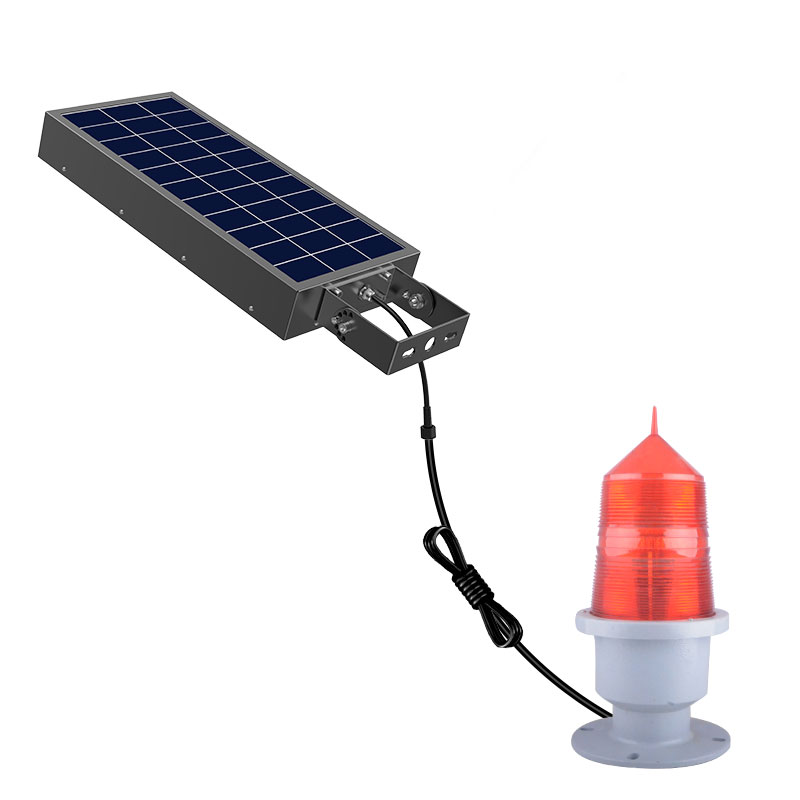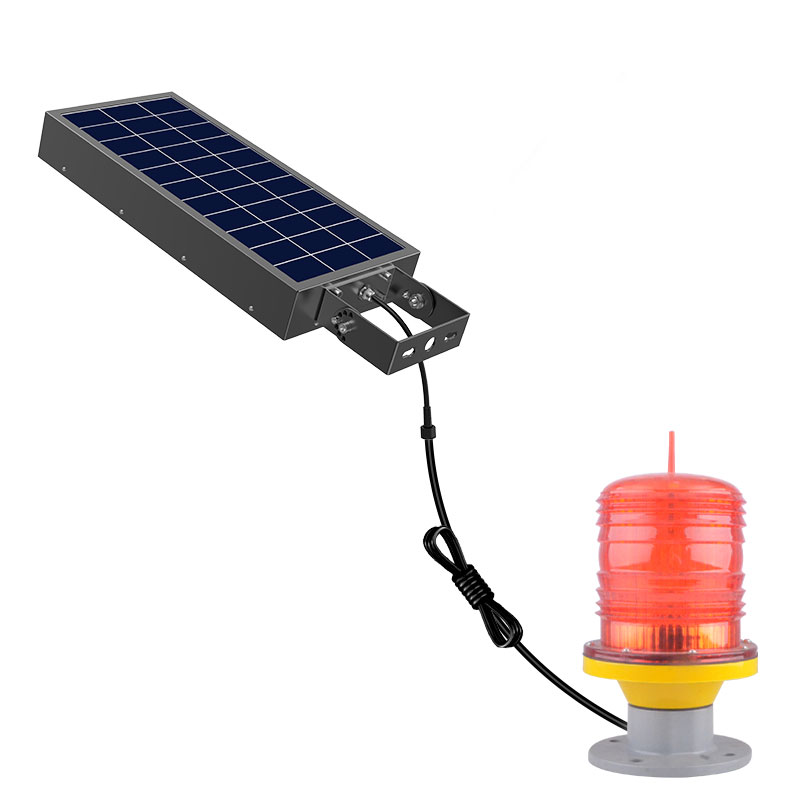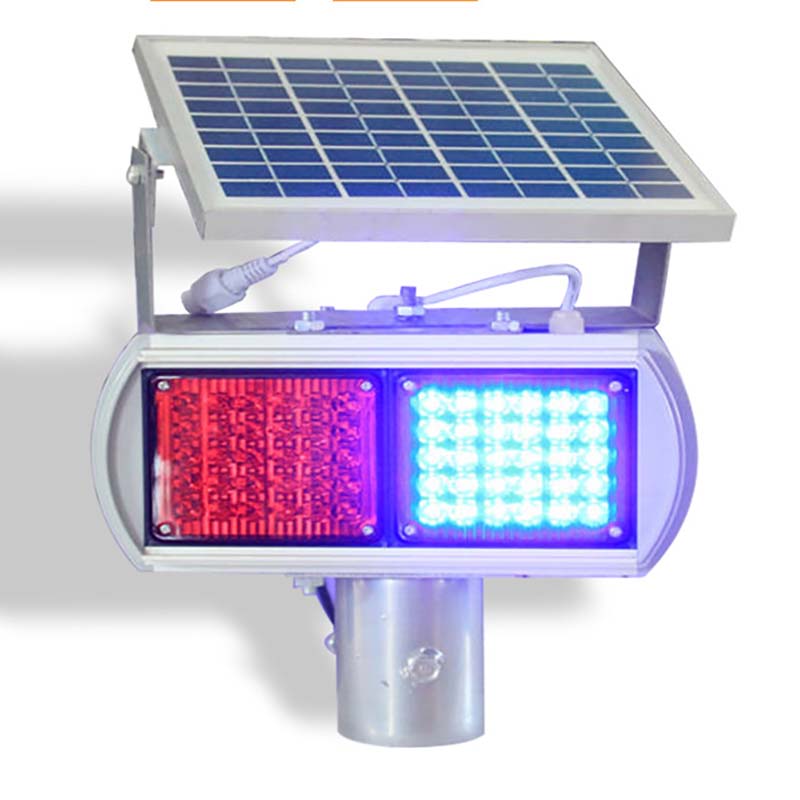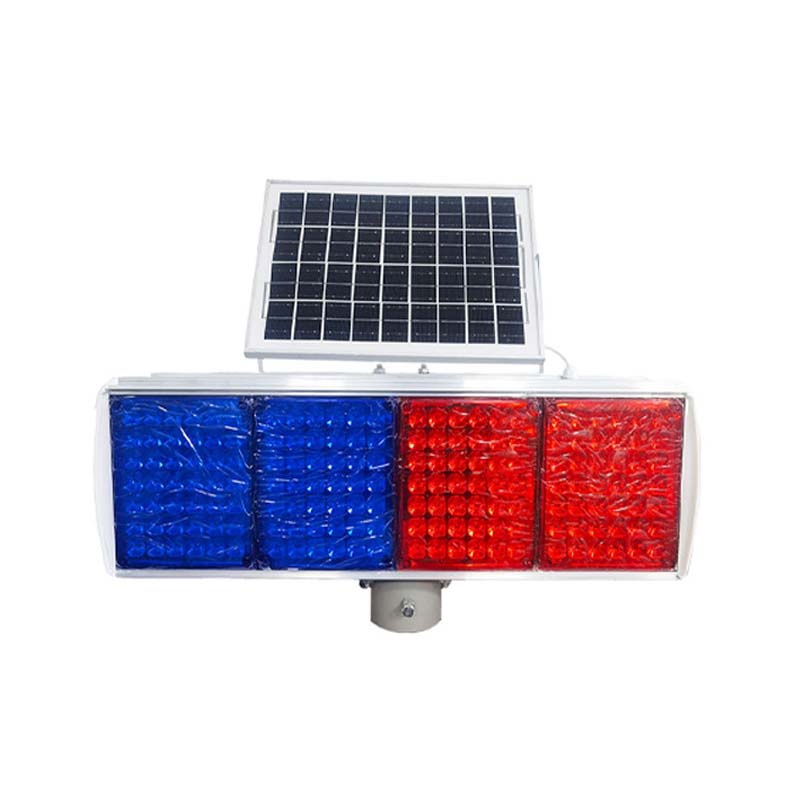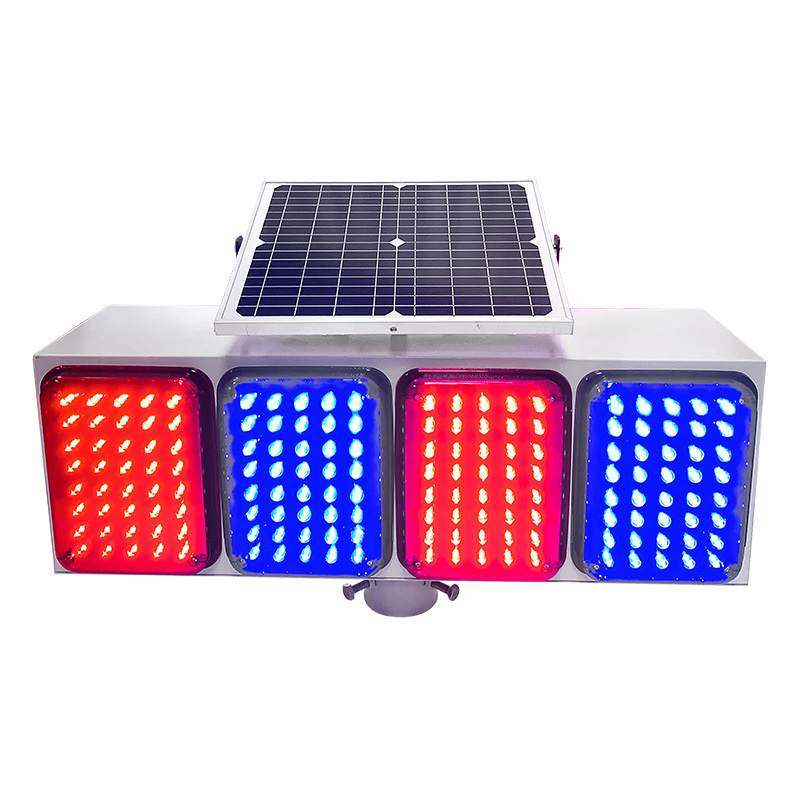Looking for other products? Our experts can help you find it! Request a Consultation
Solar warning lights offer several advantages, particularly in situations where traditional power sources may be unavailable or impractical. Here are some key advantages of solar warning lights:
Energy Efficiency: Solar warning lights are powered by sunlight, making them highly energy-efficient and environmentally friendly. They harness solar energy during the day and store it in batteries for use during the night or when there’s insufficient sunlight.
Cost Savings: Once installed, solar warning lights have lower operational costs compared to traditional lights powered by electricity. They eliminate the need for a continuous power supply, reducing electricity bills and the costs associated with laying power lines or cables.
Easy Installation: Solar warning lights are relatively easy to install since they don’t require a connection to the electrical grid. This makes them ideal for remote locations, construction sites, and areas where installing traditional power sources may be challenging.
Versatility: Solar warning lights are versatile and can be deployed in various settings, such as road construction zones, traffic control, marine navigation, aviation, and emergency situations. Their portability and ease of installation make them suitable for temporary applications.
Low Maintenance: Solar warning lights generally have fewer components and moving parts than traditional lights, reducing the need for frequent maintenance. Routine checks and occasional cleaning are typically sufficient to keep them in working order.
Durability: Many solar warning lights are designed to withstand harsh environmental conditions, including extreme temperatures, heavy rain, and strong winds. This durability ensures that they can function reliably in a wide range of settings.
Independence from the Grid: Solar warning lights operate independently of the electrical grid. This independence is particularly beneficial during power outages or in areas where access to a reliable power source is limited.
Reduced Environmental Impact: Solar warning lights contribute to a reduction in greenhouse gas emissions since they rely on clean, renewable energy. They help promote sustainability and are part of efforts to minimize the environmental impact of infrastructure projects.
Long Lifespan: Solar warning lights often have a long lifespan, and their components are designed to withstand the challenges of outdoor environments. This longevity contributes to their overall cost-effectiveness.
Enhanced Safety: The visibility provided by solar warning lights enhances safety in various applications, including road construction, hazard warnings, and emergency situations. Their bright, attention-grabbing illumination helps to alert and guide individuals in potentially dangerous areas.


